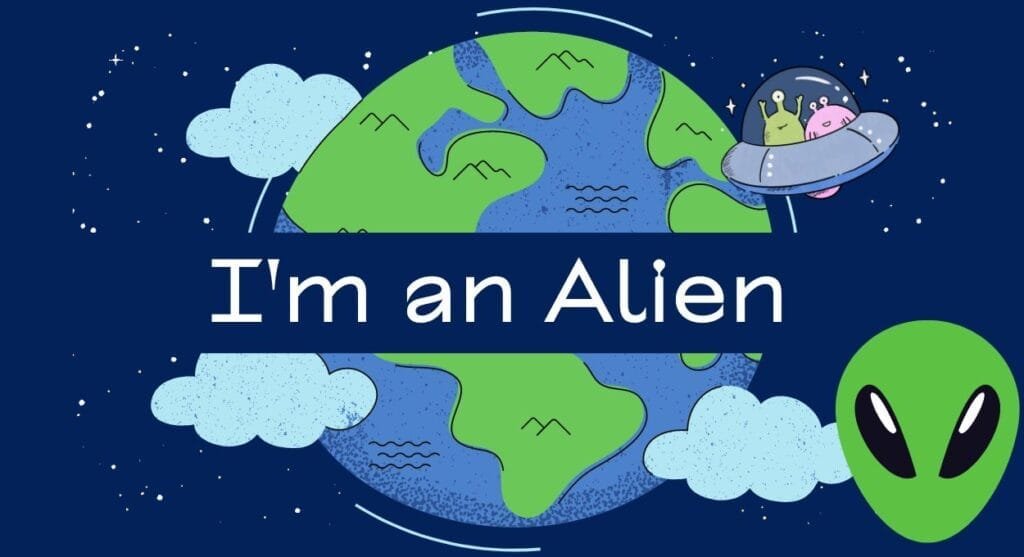The existence of aliens has not been confirmed. While scientists have found potential indicators that life might exist elsewhere—such as the discovery of organic molecules on other planets and moons—there is no direct evidence of extraterrestrial life so far. Research continues through various missions, like NASA’s exploration of Mars and Europa, which aim to find signs of life. Until concrete proof is obtained, the question of whether aliens exist remains unanswered.

The topic of whether aliens exist remains unsolved. Here’s a more detailed look at the scientific perspective:
1. Researchers aim to discover life in suitable environments, such as Mars, Europa (a Jupiter moon), and Enceladus (a Saturn moon). These celestial worlds have demonstrated evidence of water or organic molecules, which are essential for life as we know it.• NASA projects such as the Mars rovers and Europa Clipper aim to explore these possibilities further.
2. The Search for Extraterrestrial Intelligence (SETI) uses radio telescopes to detect transmissions from alien civilizations. Despite decades of observation, no conclusive indications have been identified.
3. Thousands of exoplanets have been identified, including those in the habitable zone with potential for liquid water. However, none have demonstrated clear evidence of life.
4. UAPs, often known as UFOs, have generated public attention. While certain instances remain unexplained, they do not necessarily suggest alien life and are now being investigated.
5. The “Fermi Paradox” raises the question of why intelligent life has yet to be discovered despite the abundance of stars and planets. Possible factors include technical limits and the rarity of life.
6. New missions and technologies like the James Webb Space Telescope will improve our ability to identify biosignatures and techno-signatures on distant worlds.
While there is no clear proof of alien life, continual research and exploration are helping to expand our understanding of the cosmos and the possibility of life beyond Earth.
Source: NASA


